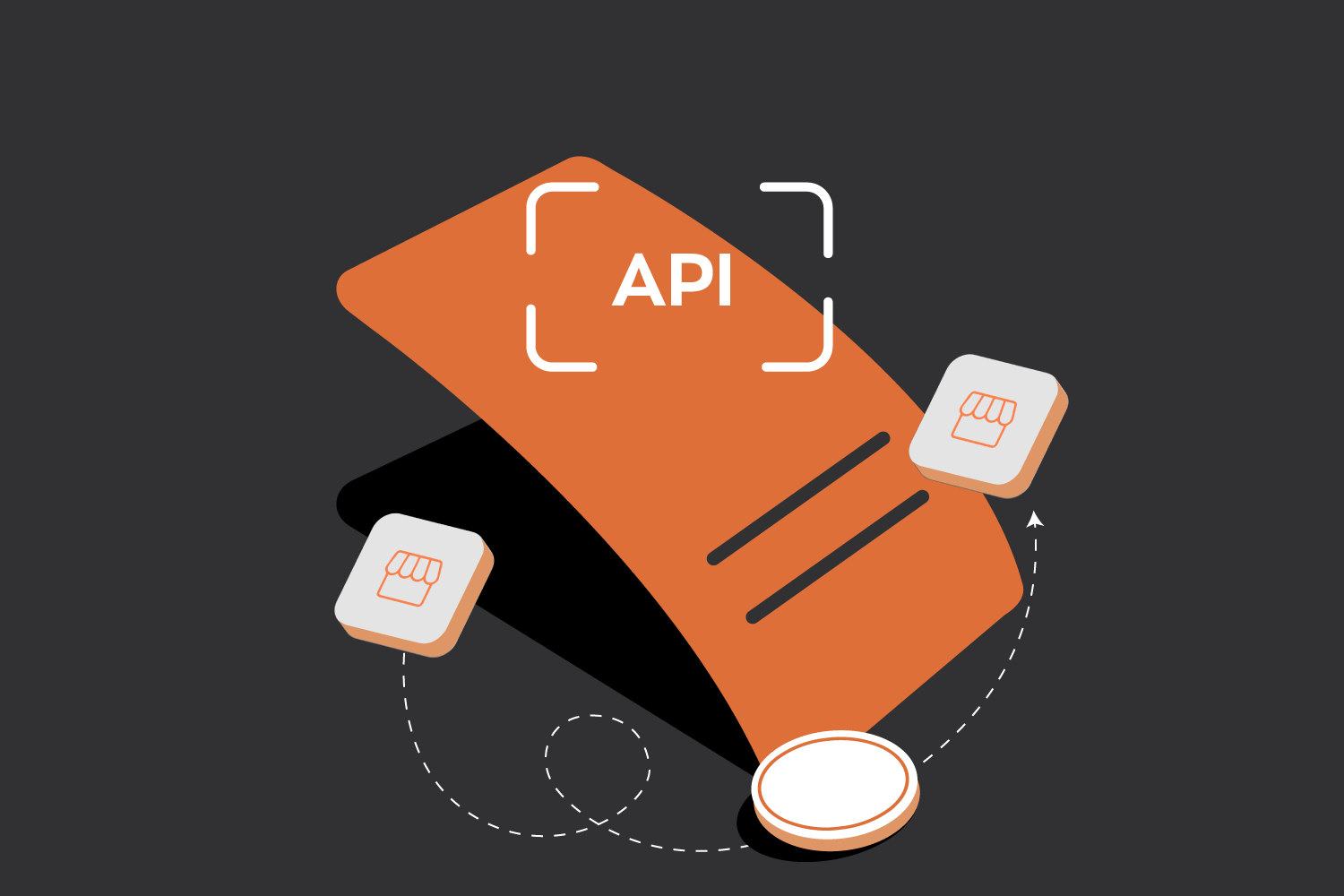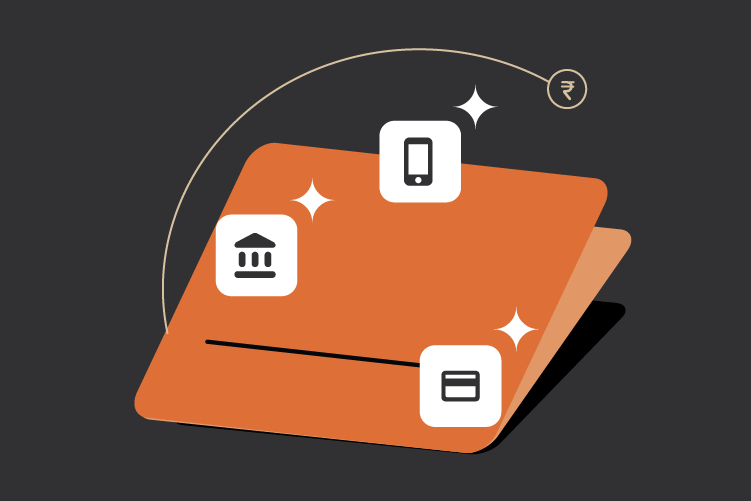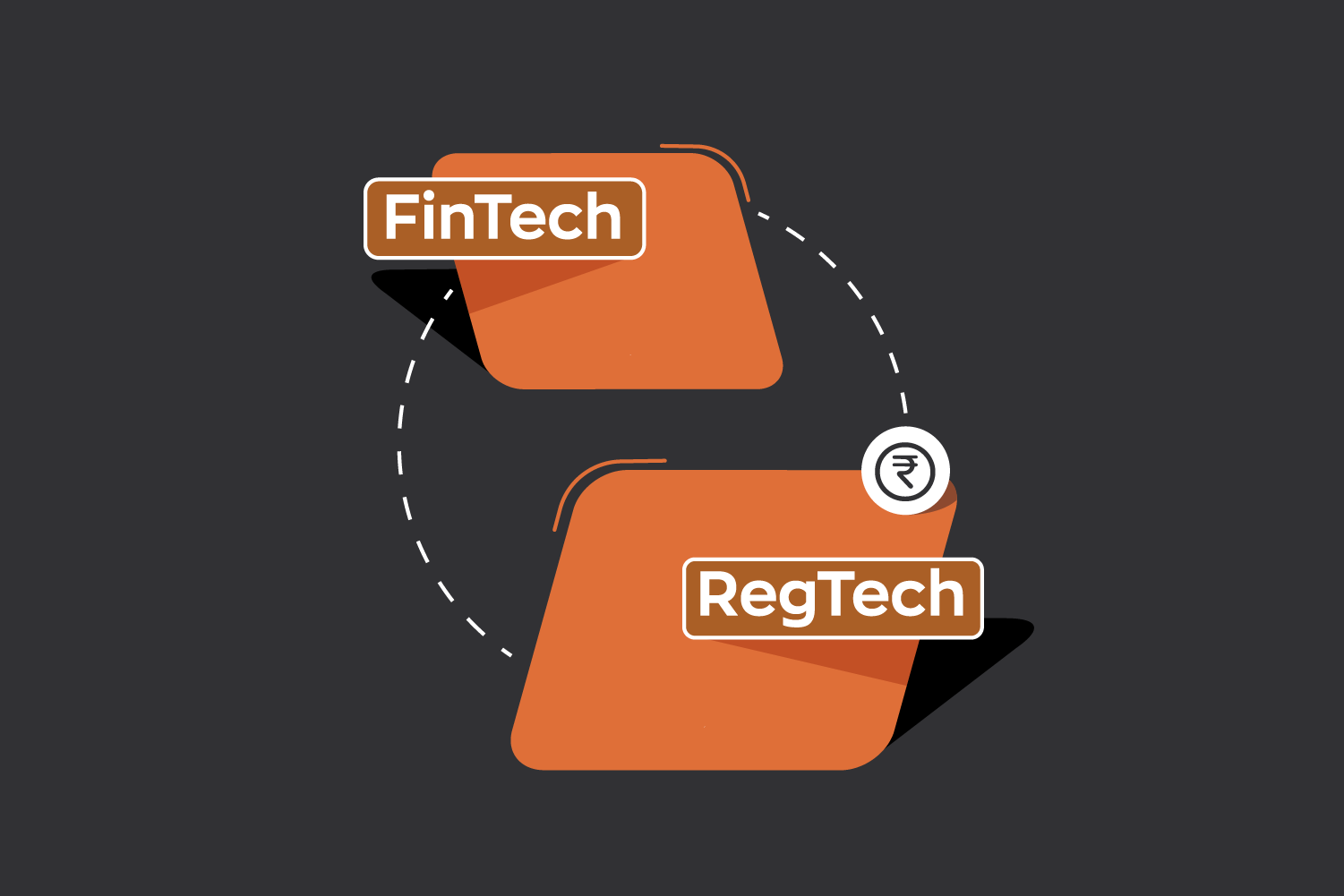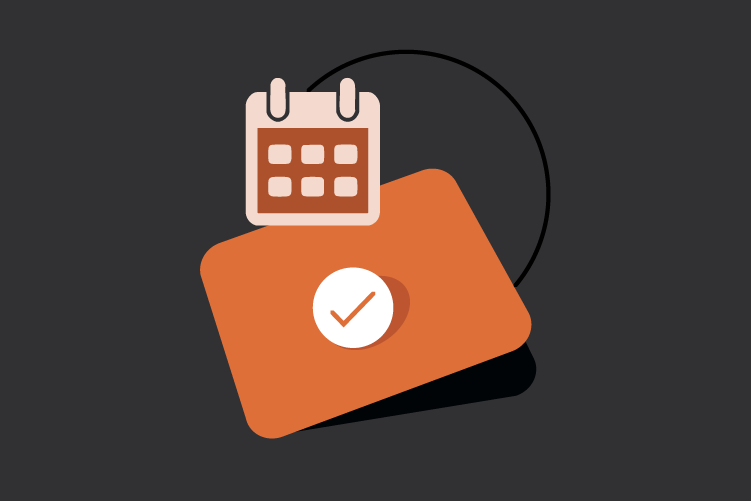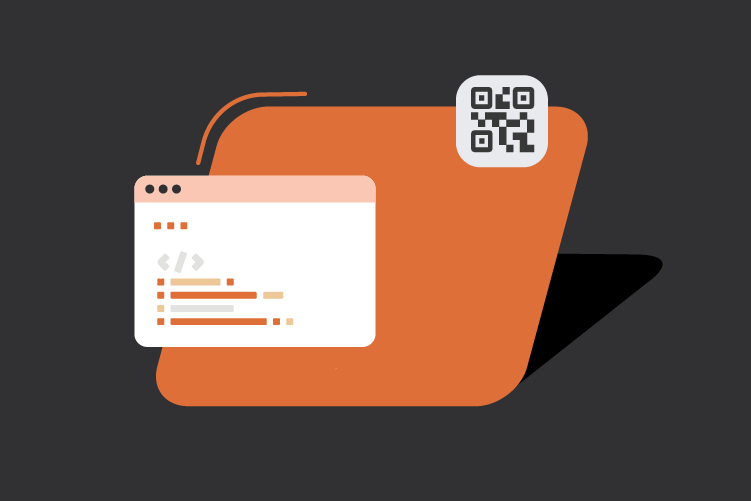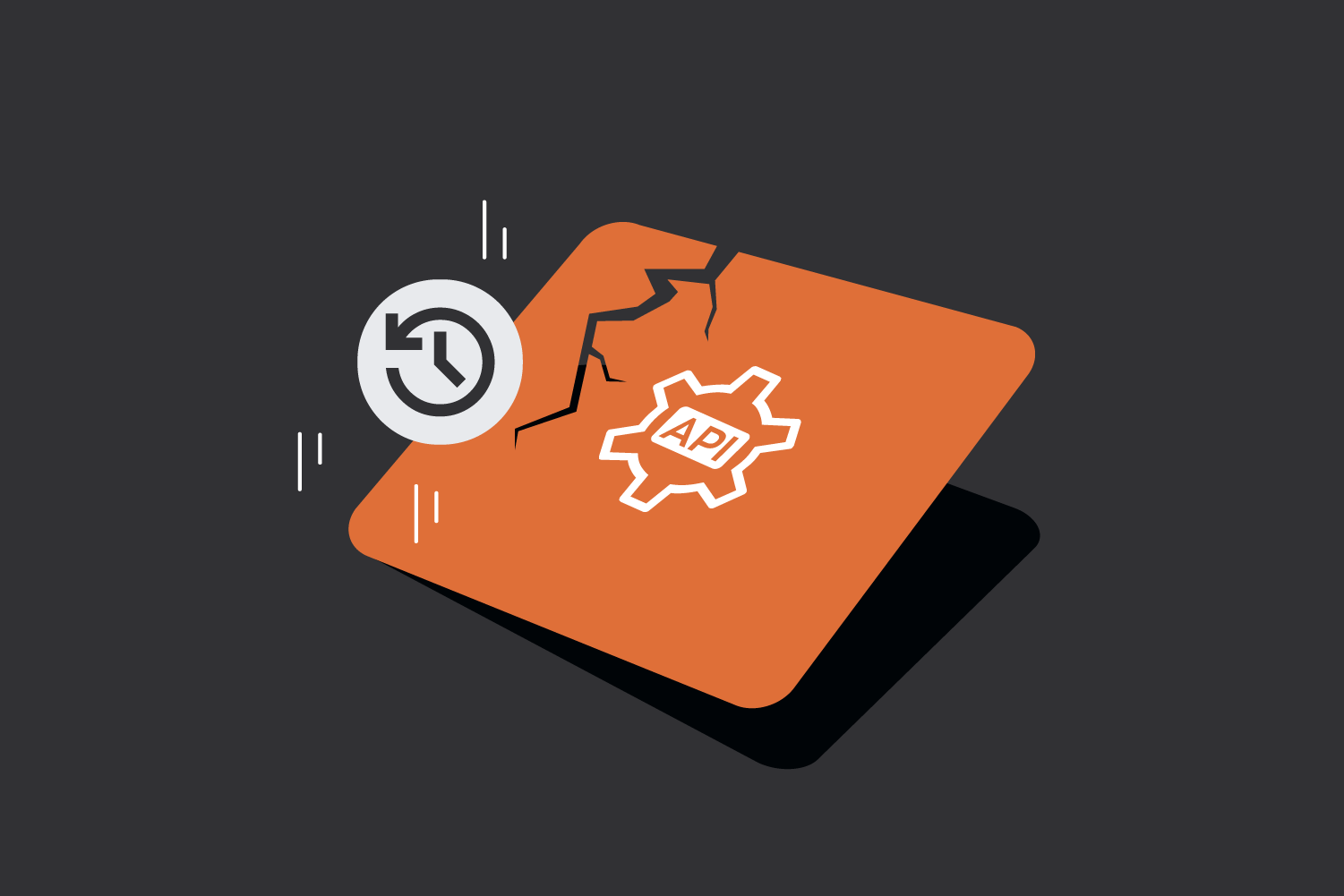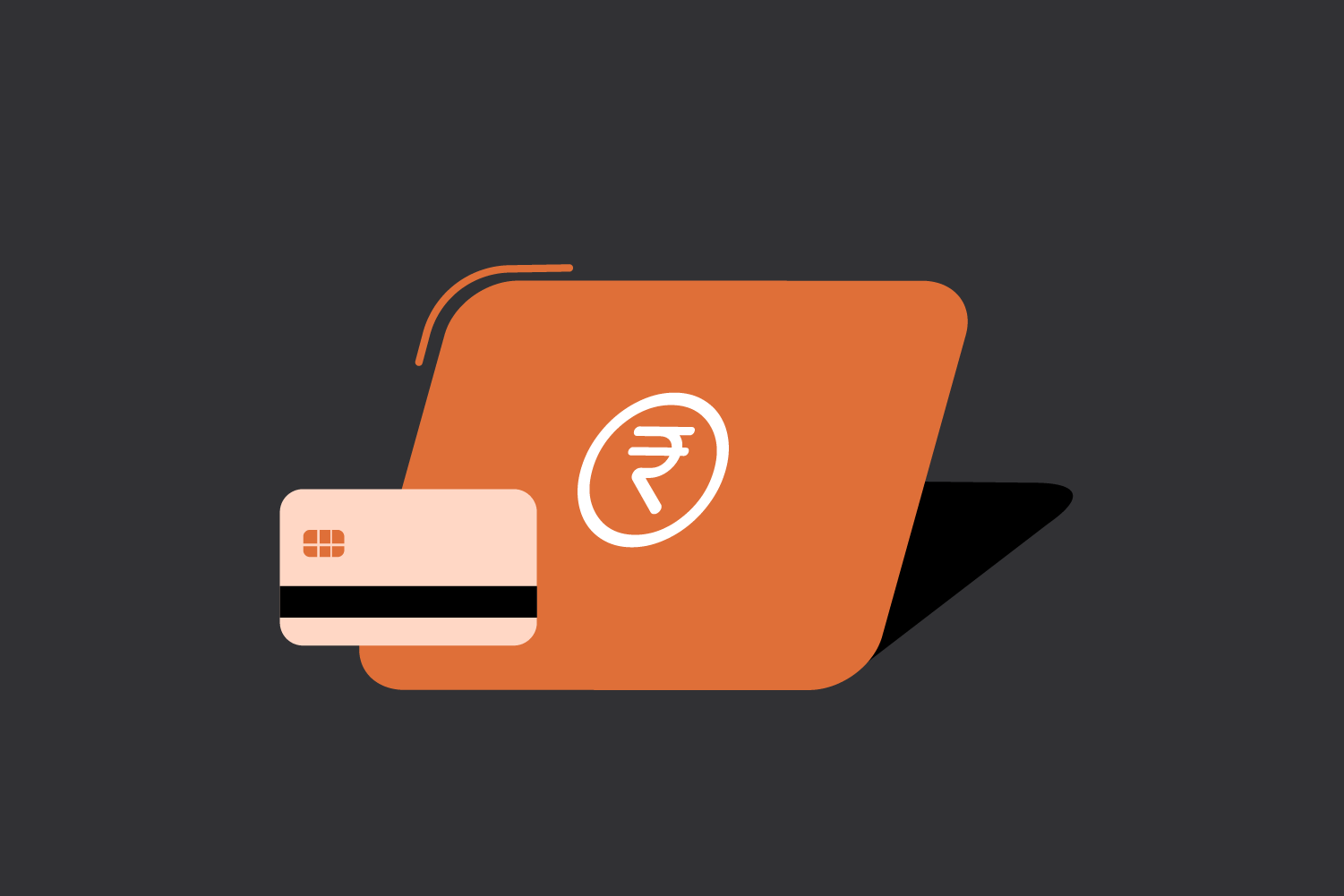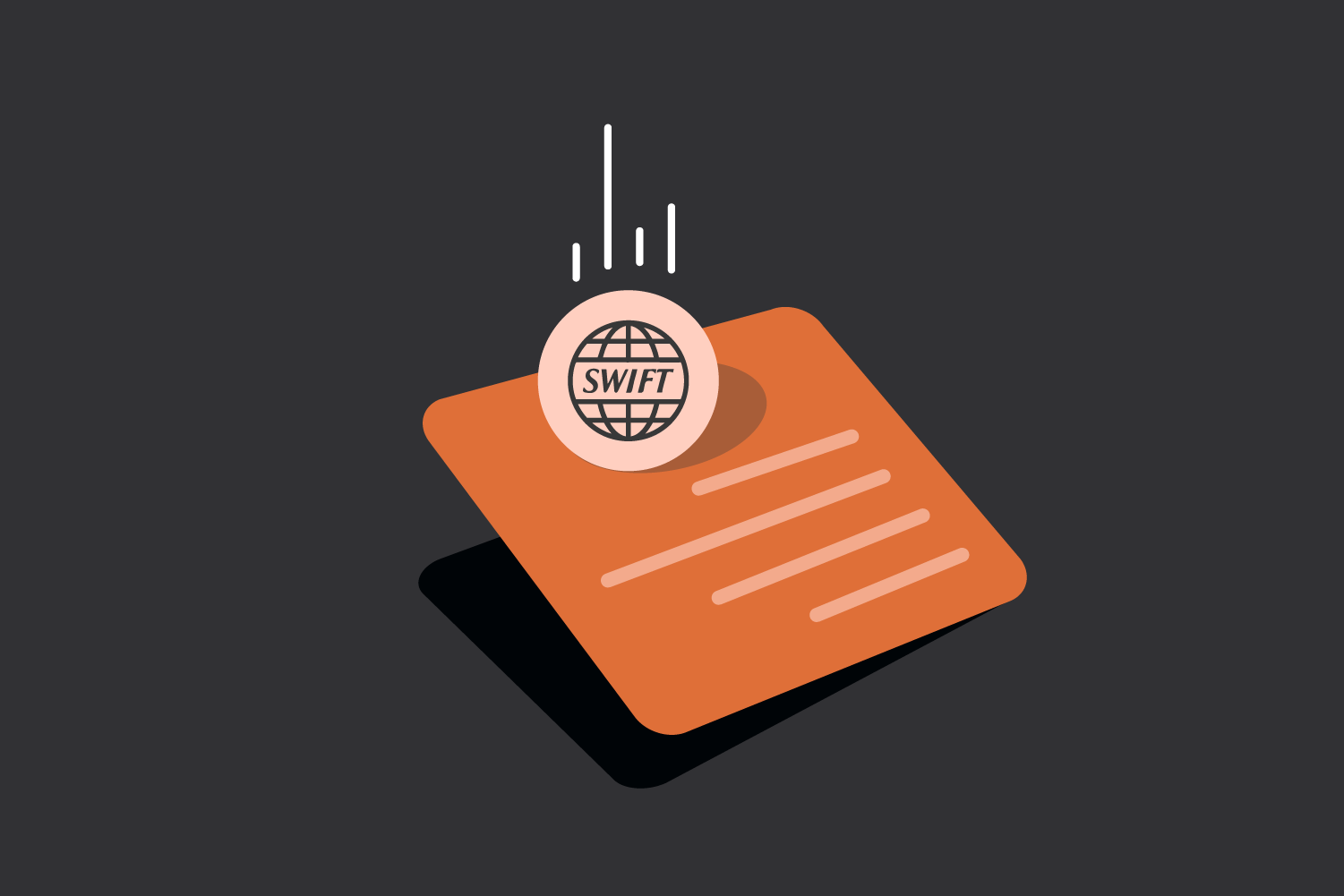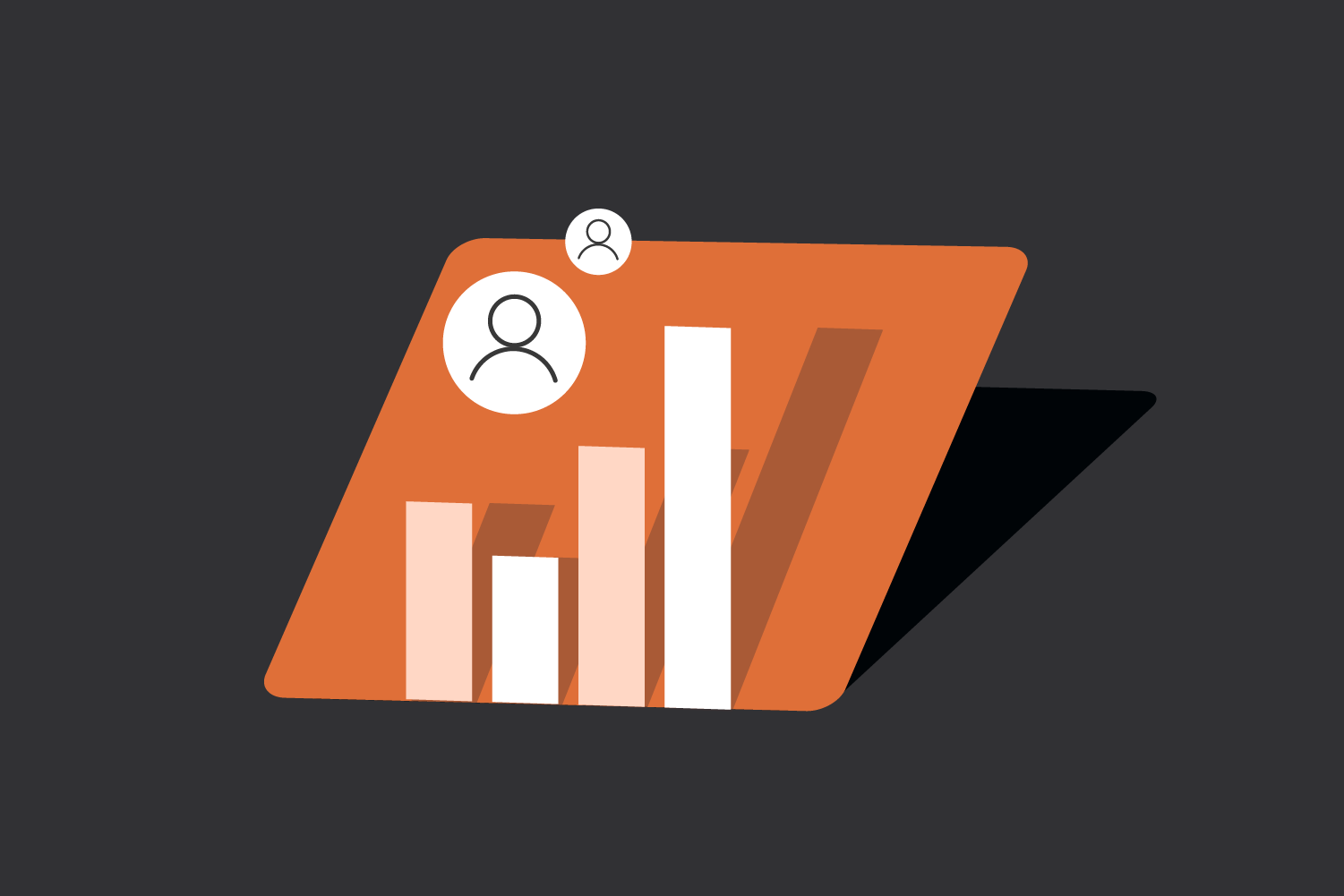Payment systems are not just administrative tasks; they are essential to business operations. B2B payments—transactions between businesses—are fundamental to global commerce. While consumer payment technologies have seen rapid advancements, business payments have traditionally evolved at a slower pace. However, with digital transformation accelerating, companies are re-evaluating how they facilitate transactions. This blog explores the key B2B payment methods available today and the emerging trends shaping the future of business transactions.
What are B2B Payments?
B2B payments are financial transactions that occur between two businesses for products or services. Unlike consumer payments, B2B transactions typically involve larger amounts, more complex approval processes, and specific financial considerations.
Key differences from consumer payments (B2C payments) include:
- Transactions often involve large sums, ranging from lakhs to crores.
- Payments aren’t made instantly; instead, businesses follow extended terms like Net 30, 60, or even 90 days.
- Approvals go through multiple levels, with formal invoicing being a key part of the process.
- More extensive documentation for tax compliance and accounting.
- Need for integration with business systems like ERP and procurement platforms.
How B2B Payments Work
The B2B payment process follows a set process.
- Procurement: A business identifies a need and generates a purchase order (PO) detailing the required goods or services.
- Invoicing: After fulfilling the order, the supplier sends an invoice referencing the PO number with payment terms and methods.
- Approval: The buyer’s accounts payable department reviews the invoice, often performing “three-way matching” against the PO and receiving documents.
- Payment: Once approved, the payment is processed using the chosen method (wire transfer, cheques, etc.) within the agreed payment terms.
- Reconciliation: Both parties record the transaction in their accounting systems and update their financial records.
This process varies by industry, company size, and business relationships. With increasing automation, these steps are streamlined through digital systems that handle everything from invoice capture to payment execution.
Types of B2B Payments
1. Bank Transfers
Bank transfers are a key part of B2B payments in India, primarily through RTGS, NEFT, and IMPS.
- RTGS enables real-time, high-value transfers (₹2 lakh and above) with no upper limit. It settles instantly but comes with higher fees (₹20–50).
- NEFT processes payments in batches, settling within 1–2 hours. Available 24×7, it is cost-effective for vendor payments and salaries.
- IMPS offers instant transfers up to ₹5 lakh, making it ideal for mid-sized business transactions, bridging the gap between UPI and RTGS.
2. Credit Card
Credit cards are increasingly used for B2B transactions, especially for short-term expenses like procurement, SaaS, and travel. They improve cash flow by allowing deferred payments while providing detailed records for easier expense tracking and GST compliance.
Virtual credit cards add security and control, reducing fraud risks and enabling better management of digital transactions. Businesses also use expense management platforms to simplify approvals and automate tracking.
3. Payout APIs & Automated Transactions
Financial technology platforms have introduced B2B solutions that make transactions faster and more secure. Payout APIs, like that of from Zwitch, enable businesses to automate bulk payments—whether for vendor settlements, employee salaries, or refunds. These APIs can be integrated seamlessly with ERPs/ accounting tools, providing real-time payment insights and reconciliation, thereby reducing manual effort.
4. Paper Cheques (Still Around!)
Despite digital alternatives, cheques remain in use, especially in certain industries and regions. In North America, they still account for a significant share of B2B payments, though usage is steadily declining.
Cheques persist due to familiarity and lack of transaction fees, but their drawbacks—manual processing, delays, fraud risk, and reconciliation burdens—make them less efficient. As digital solutions become more accessible, businesses are gradually shifting away from cheques.
Key Trends Shaping B2B Payments
1. Shift to Digital & Automation
The pandemic accelerated digitization, reshaping how businesses handle payments. Automated systems now manage invoices, approvals, and transactions, reducing manual work and improving efficiency. Machine learning helps streamline processes by automating routine tasks and detecting unusual activity.
Interested in our APIs? Let’s talk!
Tell us your automation goals, and we’ll set you up with a free, personalized demo from our API expert.
Click Here2. Security & Fraud Prevention
With payment fraud on the rise, businesses are adopting stronger security measures like tokenization, multi-factor authentication, and AI-driven fraud detection. Virtual card numbers, designed for one-time or vendor-specific use, are becoming popular for supplier payments, reducing risk and improving transaction tracking.
3. Embedded Finance & APIs
Embedded finance is transforming business payments by integrating them directly into software like procurement and inventory systems. Using APIs, transactions happen automatically within existing workflows, reducing manual work, minimizing errors, and streamlining reconciliation. This makes payments more efficient and nearly invisible in daily operations.
4. Real-time Payment Processing
Real-time payment processing is transforming B2B transactions, enabling instant fund transfers with immediate confirmation. By reducing payment delays and improving cash flow, it strengthens supplier relationships and enhances overall financial efficiency. Fintech innovations are making payments smoother and easier, helping businesses send and receive money instantly without the usual delays.
Conclusion
As B2B payment technology evolves, businesses must keep up with both new opportunities and growing complexities. A well-structured payment strategy helps maintain healthy cash flow, strengthens supplier relationships, and offers valuable financial insights.
In contrast, outdated payment processes can slow operations and make businesses less competitive in an increasingly digital landscape. To stay ahead, companies need solutions that not only improve efficiency and security but also integrate smoothly with their existing systems, ensuring seamless financial operations.
Frequently Asked Questions
1. What are B2B payments?
B2B payments are transactions between businesses for goods or services. These payments are often made through bank transfers, cheques, credit cards, or digital payment systems, with processes that may include invoicing and approvals.
2. How do B2B payments differ from B2C payments?
B2B payments typically involve larger sums, longer processing times, and structured payment terms, often requiring invoices and approvals. In contrast, B2C payments are direct transactions between businesses and individual consumers, usually completed instantly.
3. What role does automation play in B2B payments?
Automation helps businesses process payments efficiently by reducing manual work, minimizing errors, and ensuring timely transactions. It improves cash flow management, enhances security, and provides better visibility into financial operations.
4. How can businesses ensure secure B2B transactions?
To maintain security, businesses should use encrypted payment systems, implement multi-factor authentication, and conduct regular audits. Following compliance standards and working with reliable financial institutions further reduces risks.

